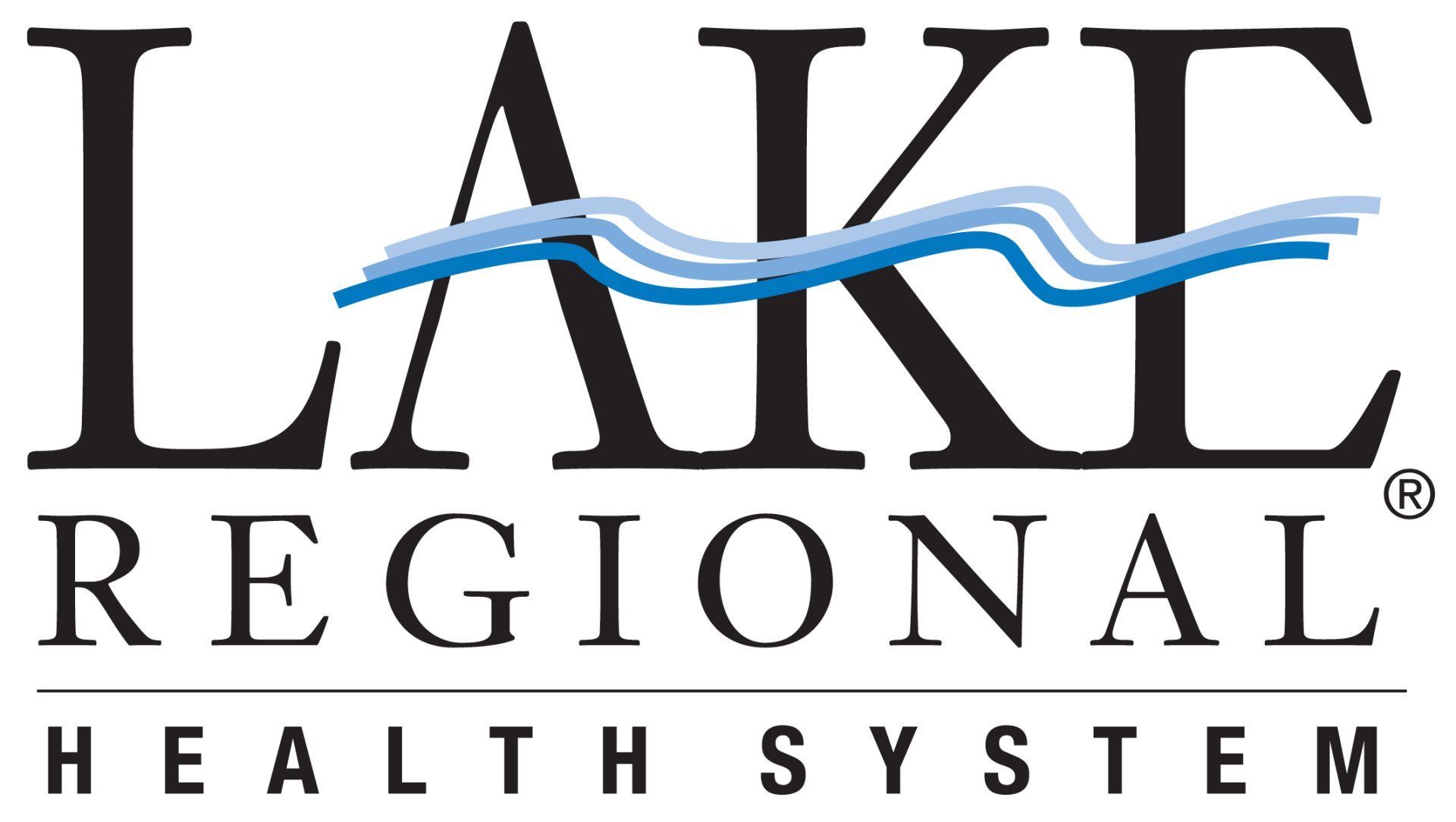Palliative Care

Improve Your Quality of Life
Palliative care helps reduce pain and suffering,
and improves your quality of life. The goal isn't to cure your condition but to relieve its symptoms and the side effects of treatment. You can receive palliative care in the
hospital, at home or in another facility.
You may want palliative care if you have:
- physical symptoms like nausea, shortness of breath, fatigue or pain
- emotional symptoms like anxiety or depression
- spiritual concerns like questioning beliefs or trying to find peace
- practical concerns like financial worries or questions about treatment
Creating Your Care Plan
If you’d like to receive palliative care, tell your
doctor or nurse. He or she will have the hospital’s
palliative care team meet with you to talk about
your goals. Be sure to explain what is important
to you—this will help the team create a plan that
works for you.
Types of Treatment
Your type of treatment depends on the kind of
relief you want. If you have pain, you may be
prescribed medicine or physical therapy. For
anxiety, treatment may include joining a support
group. Palliative care comes in many forms since
it works to treat all of you, not just your condition.
Who Is My Care Team?
Your palliative care team could include many types of people, like doctors, nurses, dietitians, pharmacists and social workers. Your team members will depend on what type of treatment you need.
Your palliative care team could include many types of people, like doctors, nurses, dietitians, pharmacists and social workers. Your team members will depend on what type of treatment you need.

Different From Hospice Care
Like hospice, palliative care focuses on patient comfort and support. But palliative care can be given at any stage in your condition along with your regular treatments. Hospice care happens toward the end of life, when treatments are no longer helping.
Like hospice, palliative care focuses on patient comfort and support. But palliative care can be given at any stage in your condition along with your regular treatments. Hospice care happens toward the end of life, when treatments are no longer helping.
